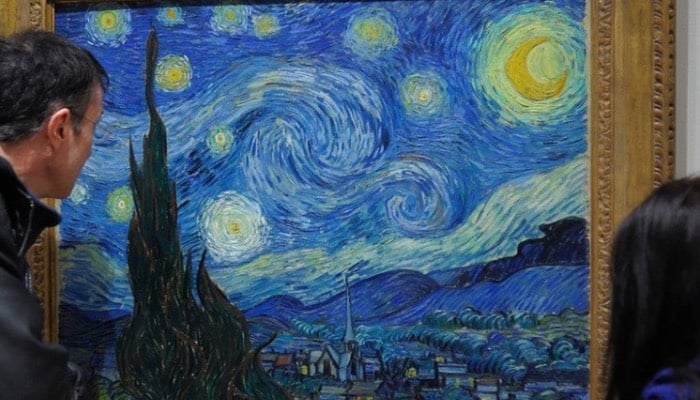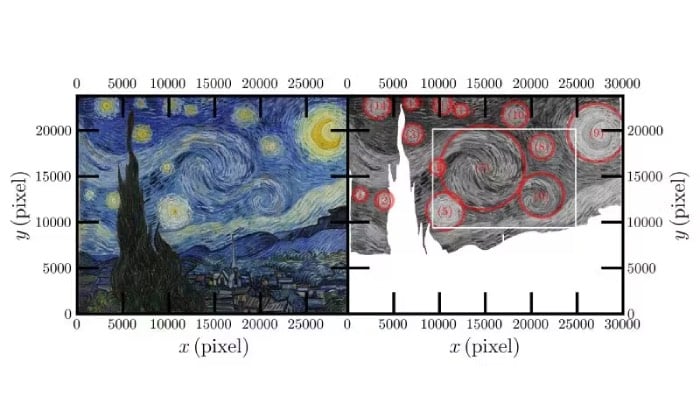
Vincent Van Gogh's famous and iconic oil canvas painting, The Starry Night remains the center of attention even after centuries.
The swirling, moving skies of this painting prompt everyone to perceive its depth.
A new study indicates that Van Gogh may have had an innate grasp of turbulence, a natural phenomenon with orderly yet chaotic patterns found in water, clouds and smoke.
Van Gogh painted the iconic piece when he was in asylum, where he likely spent much time watching the natural motions in the sky.

The view has been recognized as the one from his bedroom’s window, directed towards east.
Physicists from China and France examined the painting’s swirling shapes and compared them to patterns found in turbulent flow, using a mathematical theory called Kolmogorov’s theory of turbulence, the theory which was developed by mathematician Andrey Kolmogorov in the 1940s almost 50 years after Van Gogh’s death.

His theory was all about how energy moves through turbulent flows and now this theory helps to understand the mystery behind the famous painting.
The study shows that Van Gogh’s brushstrokes closely follow the patterns.
Furthermore, the researchers analyzed the 14 swirling eddies in the painting.
It has been in the permanent collection of the Museum of Modern Art in New York City since 1941.















